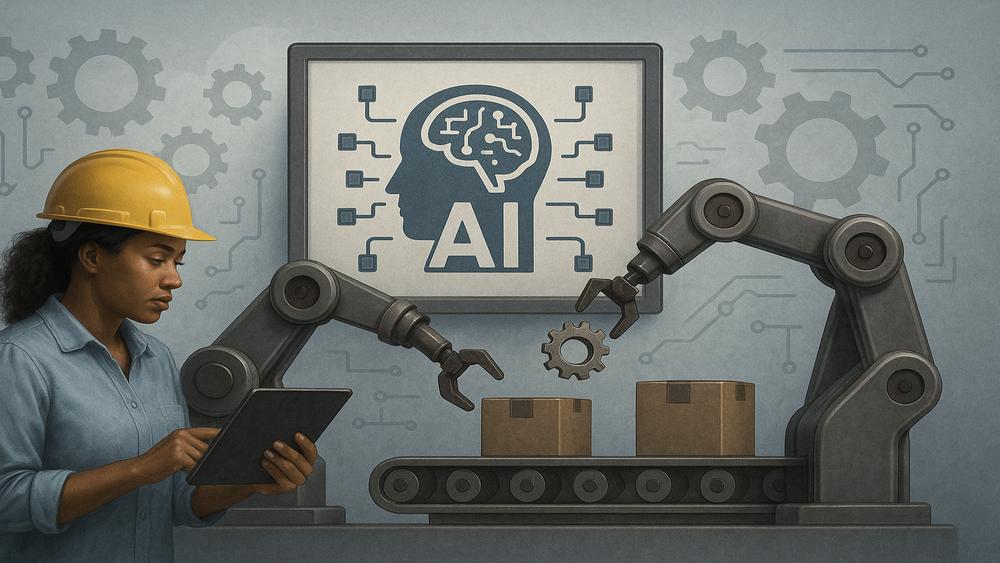OpenAI
Today, manufacturing is largely shaped by supply chain volatility, complex labor dynamics, and—like most global industries—the rise of AI. Adopting AI technologies on the shop floor can help manufacturers minimize operational costs, mitigate risk, and optimize processes, which drives efficiency and improved quality standards. However, successful AI adoption in manufacturing first depends on the consistent collection of high-quality, reliable data.
|
ADVERTISEMENT |
Jason Chester, director of product management at Advantive, shares his perspective on modern manufacturing, including how innovative software solutions, such as statistical process control (SPC) and manufacturing execution systems (MES), alongside strategic AI, can advance manufacturers’ data capabilities and prepare them for the industry’s digital future.
Quality Digest: Rising ESG expectations, labor shortages, and growing supply chain complexities are placing greater demand on today’s manufacturers when it comes to quality standards. What proactive measures can manufacturers take not only to meet but to exceed quality standards in this volatile environment?
…

Comments
nice piece
nice piece
SPC is not software
Statistical Process Control is not an "innovative software solution." It doesn't even require software to implement. Also, that "environmental and social governance (ESG) continues to shift from voluntary to essential" is just wishful thinking from those who have drunk too much of the Kool-Aid. Hedge fund managers have abused their stewardship of America's retirement savings to foist Marxist BS on the corporate world, and the more The People get wise to it, the less they like it.
Add new comment